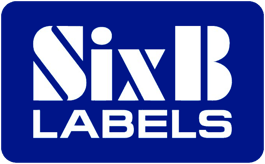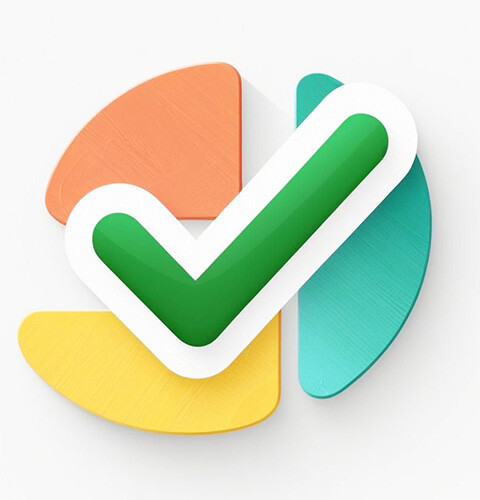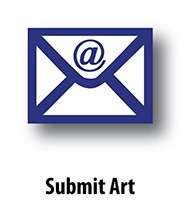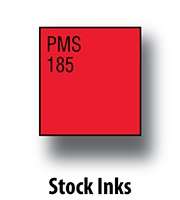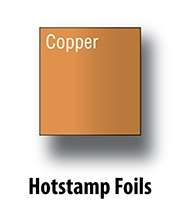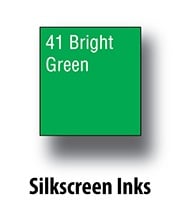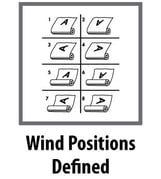Simplifying Labeling Art
Artistic Rulings For Label Designs
Printing art has its complexities, particularly when it comes to printing labels. Still, context is key, as our Artwork Guidelines below comprehensively provide businesses and their creative partners the necessary tools of information. We are happy to take this pre-production journey with you and are available for questions.
Artwork File Formats:
- Acceptable file applications include Adobe Illustrator, Photoshop and InDesign
- We also recommend compressing files, i.e., zip, before transferring
Artwork Fonts:
- All fonts for each Label Artwork should be included with Artwork Submissions
- Type 1 fonts are among best practices, as their shapes have more accuracy, providing cleaner printing at smaller point sizes and better font format transferability between Macs and PCs
- TrueType fonts could also be utilized at an additional cost
- Serif fonts’ minimums include positive type at 7 points or reverse type at 8 points
- Sans Serif fonts’ minimums include positive type at 4 points or reverse type at 5 points
- Decorative fonts’ minimums for thinnest stroke include positive type at ½ (0.007) inch point or reverse type at 1 (0.014) inch point
Artwork Size:
- Positive lines must be a minimum of ½ (0.007) inch point thick
- Reverse lines must be a minimum of 1 (0.014) inch point thick
- Standard screens are within the 85-150 line screen range
- Screens at 100 line and above are subject to additional cost
- Dot size (or the screen percentage) minimum is 10%, while maximum is 90%
- All artwork must have a margin of at least 1/16 or 0.0625 of an inch from the edge of a die
- SixB will create trap for all artwork at minimum of ½ (0.007) inch point trap
- Note: diagonal lines and certain designs might call for more trapping
- Label designs with bleeds require a minimum of ⅛ (0.0625) inch bleed, while borders that bleed off a label will need at least another ⅛ (0.0625) inch in addition to the regular bleed
Artwork Images:
- Include images rather than embedding in artwork to meet printing tolerances and requirements
- Crop and scale images within their original application rather than reducing or enlarging after an import
- For image bleeds, allow ⅛ of an inch extra on each applicable side
- Resolution of 300 dpi for Grayscale or Duotone is adequate for process modes
- Line Art and Spot Color require a minimum of 1200 dpi resolution
- TIFF or EPS are recommendable image formats, while other formats are subject to additional cost for translation to TIFF, assuming resolution is high enough
